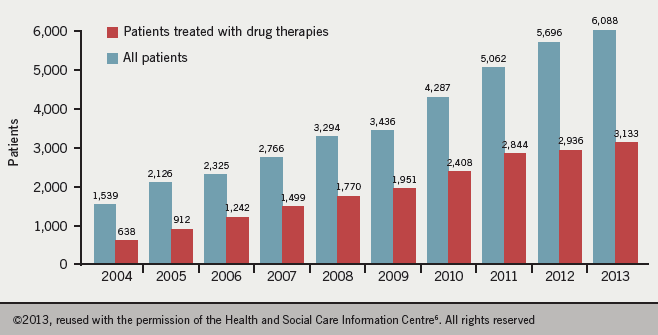- Joined
- Nov 30, 2008
- Messages
- 1,219
- Reaction score
- 113
- Location
- Cyprus and Greece
- Hive Type
- Langstroth
While anything is an improvement, the number of mites in my bees is dramatically lower than these numbers. I counted mite drop from a colony and got 15 mites in 48 days. The colony has not been treated for mites since fall 2004. If they had a large mite population, there would be more than 15 mites in 48 days. This suggests to me that there are a lot of red herrings regarding mite tolerance mechanisms promulgated through the beekeeping world at present.
Do you know if your stock has AHB genes in it?



















































 and has nothing to do with varroa mite tolerance
and has nothing to do with varroa mite tolerance
